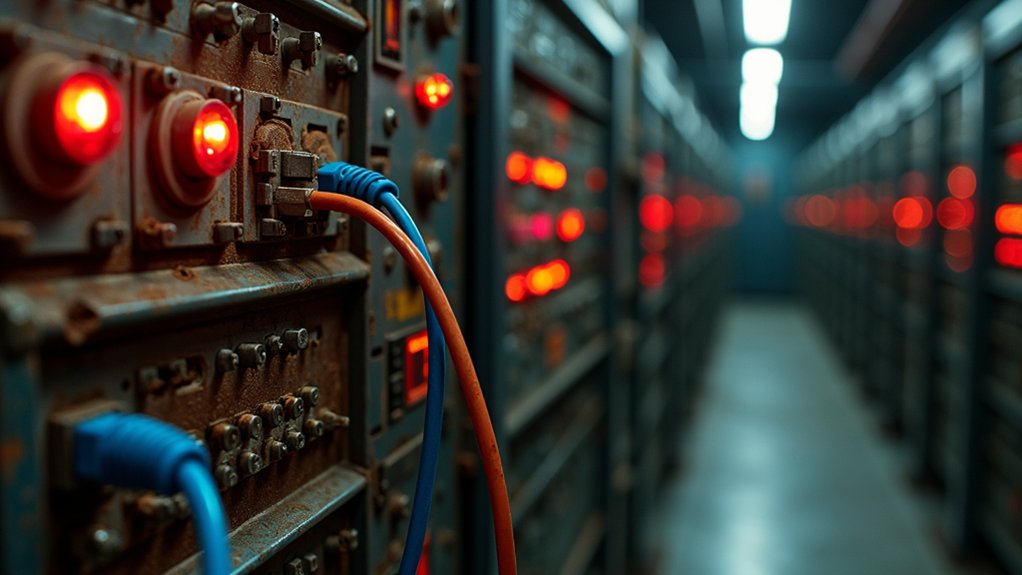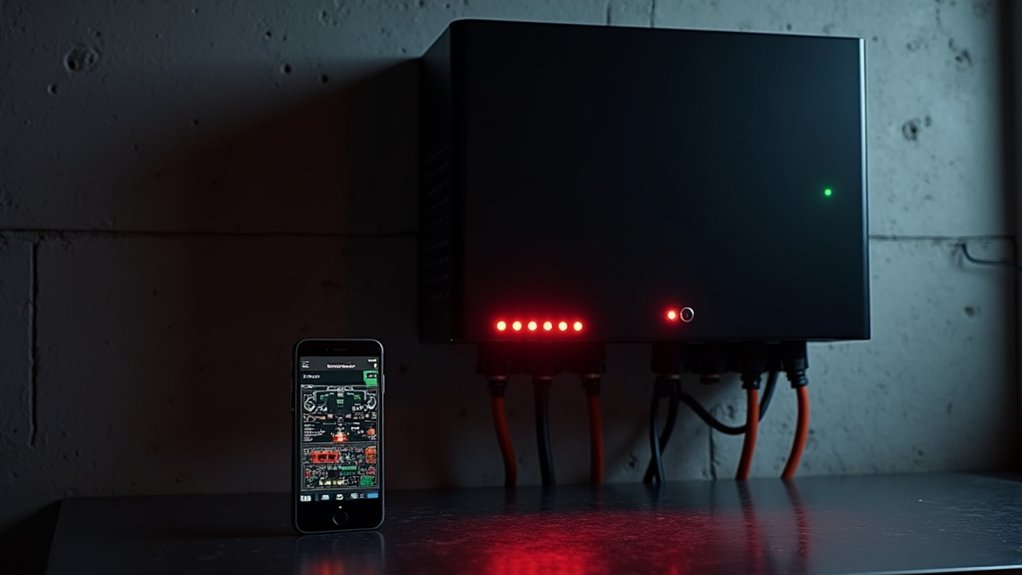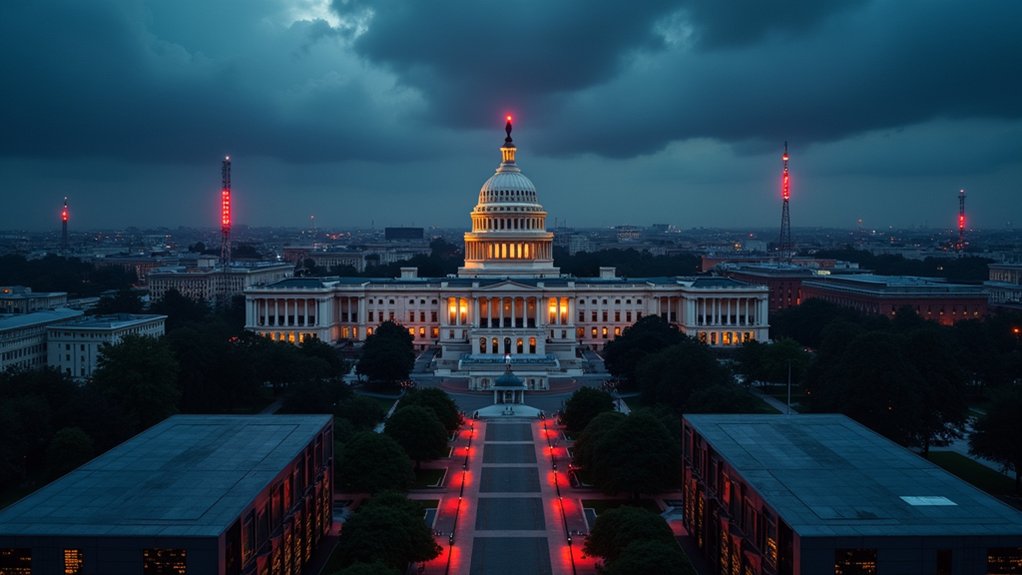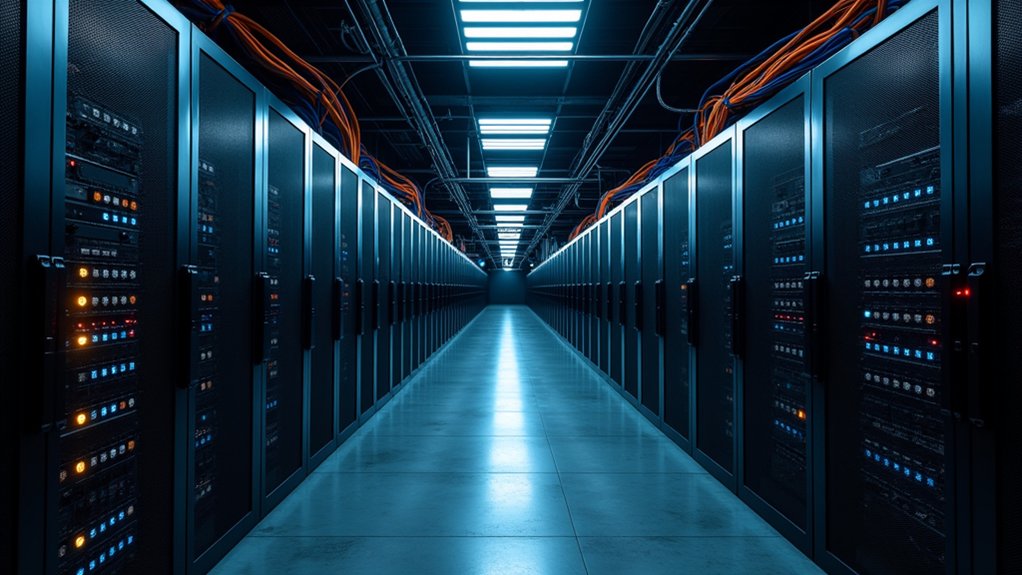As cybersecurity investments have surged across corporate America in recent years, the nation’s critical infrastructure remains dangerously exposed to sophisticated cyberattacks that could cripple crucial services for millions of Americans.
Power grids, water treatment facilities, and other vital systems continue operating with outdated operational technology that lacks adequate protection, creating vulnerabilities that adversaries actively exploit.
The scale of exposure has reached alarming proportions. The National Vulnerability Database reported 299,967 entries by mid-2025, with 8,051 new vulnerabilities found in just the first half of the year.
More troubling, 80% of exploits are published before corresponding Common Vulnerability Exposures are released, creating a dangerous 23-day average gap where systems remain defenseless. In light of this knowledge, three-quarters of successful attacks exploited vulnerabilities disclosed in or before 2017, whereas 60% of breaches stemmed from failure to apply available patches.
Legacy operational technology networks face particular risks. Many industrial control systems rely on hardware and software with poor patching capabilities, fifteen years after the Stuxnet attack demonstrated devastating potential.
These complex, interconnected systems multiply both entry points and defense challenges, as 84% of organizations maintain high-risk vulnerabilities, half preventable through timely updates.
Federal support structures are simultaneously weakening. Government plans to reduce cybersecurity roles for critical infrastructure, shifting responsibilities to state levels, threaten crucial partnerships between infrastructure operators and federal agencies.
Proposed budget cuts and decentralization particularly endanger small and rural utilities that historically depended on federal cyber defense expertise, forcing operators toward costly private solutions or inadequate self-reliance.
The expanding integration of information and communication technology throughout critical infrastructure compounds these vulnerabilities.
Growing diversity of cyber-physical components complicates sector-wide security measures, as many new systems integrate without full understanding of potential weaknesses. This expansion directly correlates with rising cyber incidents across all sectors. The speed of vulnerability discovery continues to accelerate, with 5.33 vulnerabilities now being uncovered every minute in cybersecurity assessments.
In the meantime, adversaries grow increasingly sophisticated.
State-backed hackers target U.S. infrastructure with advanced persistent threats and custom malware, as cyberterrorist capabilities are predicted to advance greatly over the next decade. Iranian actors specifically target water and energy sectors with increasing frequency and sophistication.
Criminal groups exploit ransomware and supply chain attacks, frequently taking advantage of older vulnerabilities that remain unpatched across critical systems.









